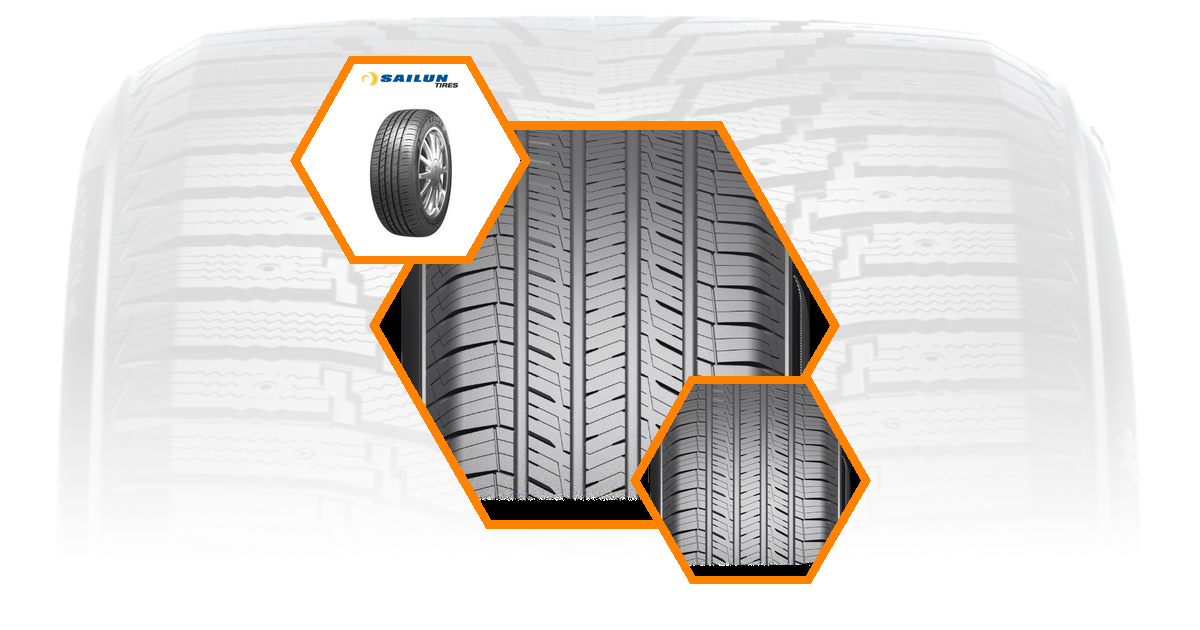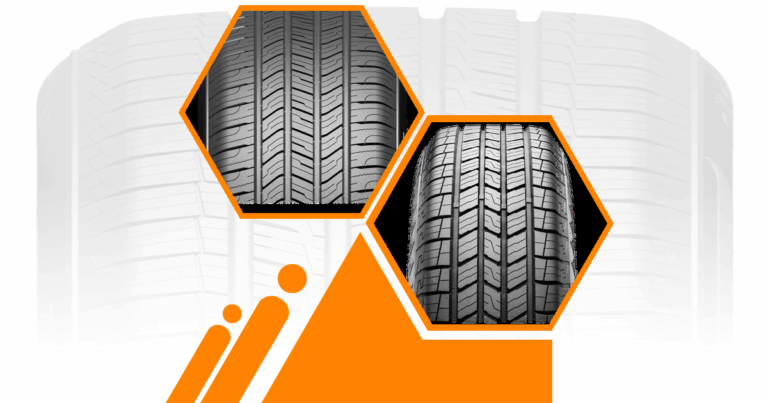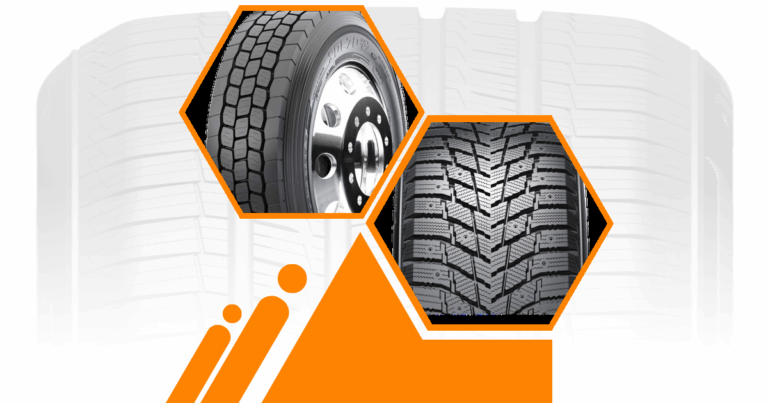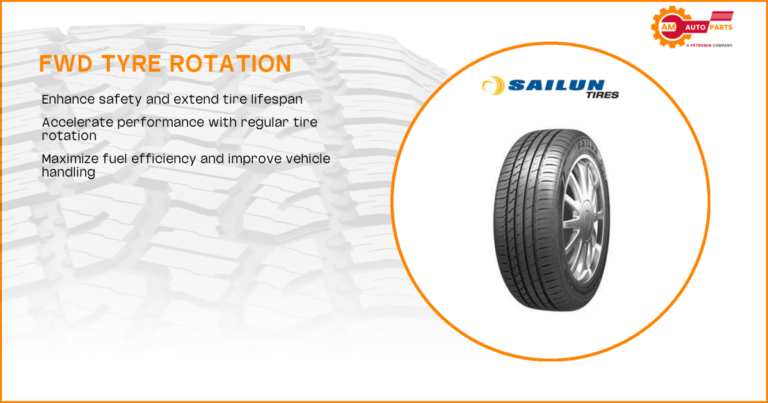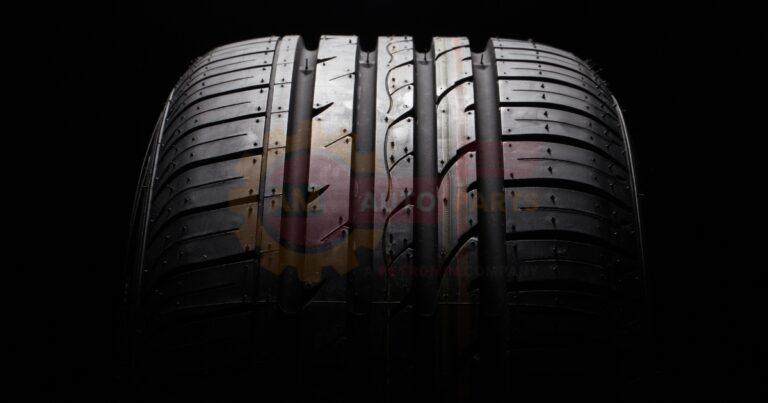When buying tyres online, ensuring their quality is crucial for both safety and performance. This guide will help you verify tyre quality effectively, ensuring you make informed decisions.
How to Verify Tyre Quality
The Penny Test for Tread Depth
The penny test is a simple way to check tread depth. Insert a penny into the tread groove with Lincoln’s head upside down. If you can see the top of Lincoln’s head, the tread is too worn, and the tyre needs replacing. This test helps ensure your tyres have enough grip on the road.
- Insert a penny into the tread groove.
- Check if Lincoln’s head is visible.
- Replace tyres if the tread is too shallow.
Using a Tread Depth Gauge
A tread depth gauge provides a more accurate measurement of tread depth. Place the gauge into the tread groove and press the shoulders flat against the tyre. The reading will indicate the remaining tread depth, helping you assess tyre quality.
- Place the gauge in the tread groove.
- Press the shoulders flat against the tyre.
- Read the measurement for accurate tread depth.
Checking Tread Wear Indicator Bars
Tread wear indicator bars are built into tyres to show when they are worn out. These bars become visible when the tread is worn down to 2/32 of an inch. Regularly checking these indicators can help you maintain tyre quality and safety.
- Look for tread wear indicator bars.
- Check if the bars are flush with the tread.
- Replace tyres if the bars are visible.
Understanding Tire Safety Ratings
UTQG (Uniform Tire Quality Grading) System
The UTQG system rates tyres based on treadwear, traction, and temperature resistance. These ratings help consumers compare tyre quality and performance. Understanding these ratings can guide you in selecting the best tyres for your needs.
- Treadwear: Indicates expected lifespan.
- Traction: Measures stopping ability on wet surfaces.
- Temperature: Assesses heat resistance.
EU Tire Label Ratings
The EU tire label provides information on fuel efficiency, wet grip, and noise levels. These ratings help consumers make informed decisions about tyre quality and environmental impact. Understanding these labels can enhance your tyre selection process.
- Fuel efficiency: Affects fuel consumption.
- Wet grip: Indicates braking performance.
- Noise levels: Measures external noise emissions.
Maintaining Proper Tire Pressure
Importance of Correct Inflation
Proper tyre inflation is essential for safety and fuel efficiency. Under-inflated tyres can lead to poor handling and increased fuel consumption. Regularly checking and maintaining the correct tyre pressure ensures optimal performance.
- Enhances safety and handling.
- Improves fuel efficiency.
- Reduces tyre wear.
Using a Tire Pressure Gauge
A tyre pressure gauge is a handy tool for checking tyre pressure. Remove the valve cap, press the gauge onto the valve stem, and read the pressure. Maintaining the recommended pressure ensures tyre quality and longevity.
- Remove the valve cap.
- Press the gauge onto the valve stem.
- Read and adjust the pressure as needed.
TPMS (Tire Pressure Monitoring System)
A TPMS alerts you when tyre pressure is too low. This system helps maintain tyre quality by ensuring they are always properly inflated. Regularly checking the TPMS can prevent potential tyre issues.
- Monitors tyre pressure continuously.
- Alerts when pressure is low.
- Helps maintain optimal tyre performance.
Inspecting Tire Age and Condition
Decoding the DOT Code
The DOT code on a tyre’s sidewall indicates its age. The last four digits represent the week and year of manufacture. Understanding this code helps you avoid buying old or expired tyres.
- Locate the DOT code on the sidewall.
- Read the last four digits for manufacture date.
- Avoid tyres older than six years.
Signs of Tire Aging and Wear
Visible cracks, bulges, or uneven wear are signs of tyre aging. These issues can compromise tyre quality and safety. Regularly inspecting your tyres for these signs can prevent potential problems.
- Check for visible cracks or bulges.
- Look for uneven tread wear.
- Replace tyres showing signs of aging.
Choosing the Right Tires for Your Vehicle
Considering Seasonal Performance
Different tyres are designed for specific seasons. Summer tyres offer better performance in warm conditions, while winter tyres provide superior grip in cold weather. Choosing the right tyres for the season ensures optimal performance and safety.
- Summer tyres: Best for warm conditions.
- Winter tyres: Provide grip in cold weather.
- All-season tyres: Suitable for moderate climates.
Matching Tire Size and Load Rating
Selecting the correct tyre size and load rating is crucial for vehicle performance. Refer to your vehicle’s manual for the recommended specifications. Ensuring the right fit enhances safety and tyre quality.
- Check your vehicle’s manual for specifications.
- Match tyre size and load rating.
- Ensure proper fit for optimal performance.
Tire Performance Testing
Wet and Dry Braking Tests
Wet and dry braking tests measure a tyre’s stopping ability under different conditions. These tests help assess tyre quality and performance. Understanding these results can guide you in selecting the best tyres for your needs.
- Wet braking: Measures stopping distance on wet surfaces.
- Dry braking: Assesses performance on dry roads.
- Helps evaluate overall tyre quality.
Rolling Resistance Measurements
Rolling resistance affects fuel efficiency and tyre wear. Lower rolling resistance means better fuel economy. Understanding these measurements can help you choose tyres that enhance performance and efficiency.
- Lower resistance improves fuel economy.
- Reduces tyre wear.
- Enhances overall performance.
Noise Level Assessments
Noise level assessments measure the external noise produced by tyres. Quieter tyres provide a more comfortable driving experience. Understanding these assessments can guide you in selecting tyres that suit your preferences.
- Measures external noise emissions.
- Quieter tyres enhance comfort.
- Helps choose tyres based on noise levels.
The Impact of Tyre Quality on Fuel Efficiency
Low Rolling Resistance Tires
Low rolling resistance tyres improve fuel efficiency by reducing energy loss. These tyres are designed to roll more easily, enhancing performance. Choosing these tyres can lead to significant fuel savings.
- Reduces energy loss.
- Improves fuel efficiency.
- Enhances overall performance.
Proper Inflation and Fuel Economy
Maintaining proper tyre inflation is crucial for fuel economy. Under-inflated tyres increase rolling resistance, leading to higher fuel consumption. Regularly checking and adjusting tyre pressure ensures optimal fuel efficiency.
- Reduces rolling resistance.
- Improves fuel economy.
- Enhances tyre performance.
Tire Maintenance Tips for Longevity
Regular Rotation and Balancing
Regular tyre rotation and balancing help distribute wear evenly. This practice extends tyre life and maintains quality. Following a consistent rotation schedule ensures optimal performance.
- Distributes wear evenly.
- Extends tyre life.
- Maintains optimal performance.
Alignment Checks
Proper wheel alignment ensures tyres wear evenly and maintain quality. Misalignment can lead to uneven wear and reduced performance. Regular alignment checks help preserve tyre quality and safety.
- Ensures even tyre wear.
- Maintains performance.
- Enhances safety and handling.
Understanding Tire Sidewall Information
Size and Load Index
The tyre sidewall contains important information about size and load index. Understanding these details helps you select the right tyres for your vehicle. Ensuring the correct fit enhances safety and performance.
- Size: Indicates tyre dimensions.
- Load index: Shows maximum load capacity.
- Ensures proper fit and performance.
Speed Rating and Construction Type
The speed rating and construction type on the sidewall indicate a tyre’s capabilities. These details help you choose tyres that match your driving needs. Understanding this information ensures optimal performance and safety.
- Speed rating: Indicates maximum speed capability.
- Construction type: Shows tyre construction.
- Guides tyre selection for specific needs.
Tire Quality and Sustainability
Eco-Friendly Tire Materials
Eco-friendly tyre materials reduce environmental impact. These materials are designed to enhance performance while being sustainable. Choosing eco-friendly tyres supports environmental conservation.
- Reduces environmental impact.
- Enhances performance.
- Supports sustainability.
Recycling and Disposal Considerations
Proper recycling and disposal of tyres are crucial for environmental sustainability. Many tyres can be recycled into new products, reducing waste. Understanding these considerations helps promote eco-friendly practices. Tire rotation schedule UAE electric vehicle rubber is a special type of rubber used in electric cars in the United Arab Emirates It helps make the vehicles more efficient and environmentally friendly
- Promotes recycling and sustainability.
- Reduces waste.
- Supports environmental conservation.
AM Autoparts Tire Selection Guide
Finding the Right Tire for Your Needs
AM Autoparts offers a wide selection of tyres to suit various needs. Their expert recommendations can guide you in choosing the best tyres for your vehicle. Ensuring the right fit enhances safety and performance.
- Wide selection of tyres.
- Expert recommendations.
- Ensures optimal fit and performance.
Expert Recommendations
AM Autoparts provides expert recommendations to help you select the best tyres. Their guidance ensures you choose tyres that meet your specific needs. Trusting their expertise enhances your tyre selection process.
- Provides expert guidance.
- Ensures optimal tyre selection.
- Enhances overall performance.
FAQ’s
How do I verify tyre quality for different driving conditions?
To verify tyre quality for different driving conditions, consider factors like tread pattern, rubber compound, and seasonal suitability. These elements affect performance in various conditions. Regular checks ensure your tyres are suitable for your driving needs.
What role does tyre quality play in electric vehicle performance?
Tyre quality significantly impacts electric vehicle performance by affecting range and efficiency. High-quality tyres reduce rolling resistance, enhancing battery life. Regularly verifying tyre quality ensures optimal electric vehicle performance.
How does tyre quality affect vehicle safety?
Tyre quality directly impacts vehicle safety by influencing handling, braking, and stability. High-quality tyres provide better grip and control, reducing the risk of accidents. Regularly verifying tyre quality ensures safe driving conditions.
How often should I verify tyre quality?
You should verify tyre quality at least once a month. Regular checks help identify potential issues early, ensuring safety and performance. Additionally, inspect your tyres before long trips or when carrying heavy loads.
What are the signs of poor tyre quality?
Signs of poor tyre quality include uneven tread wear, visible cracks, and bulges. These issues can compromise safety and performance. Regular inspections can help identify and address these problems promptly.
Can I verify tyre quality at home?
Yes, you can verify tyre quality at home using simple tools like a tread depth gauge and tyre pressure gauge. Regular home inspections help maintain tyre quality and ensure safety. However, professional checks are recommended periodically.
